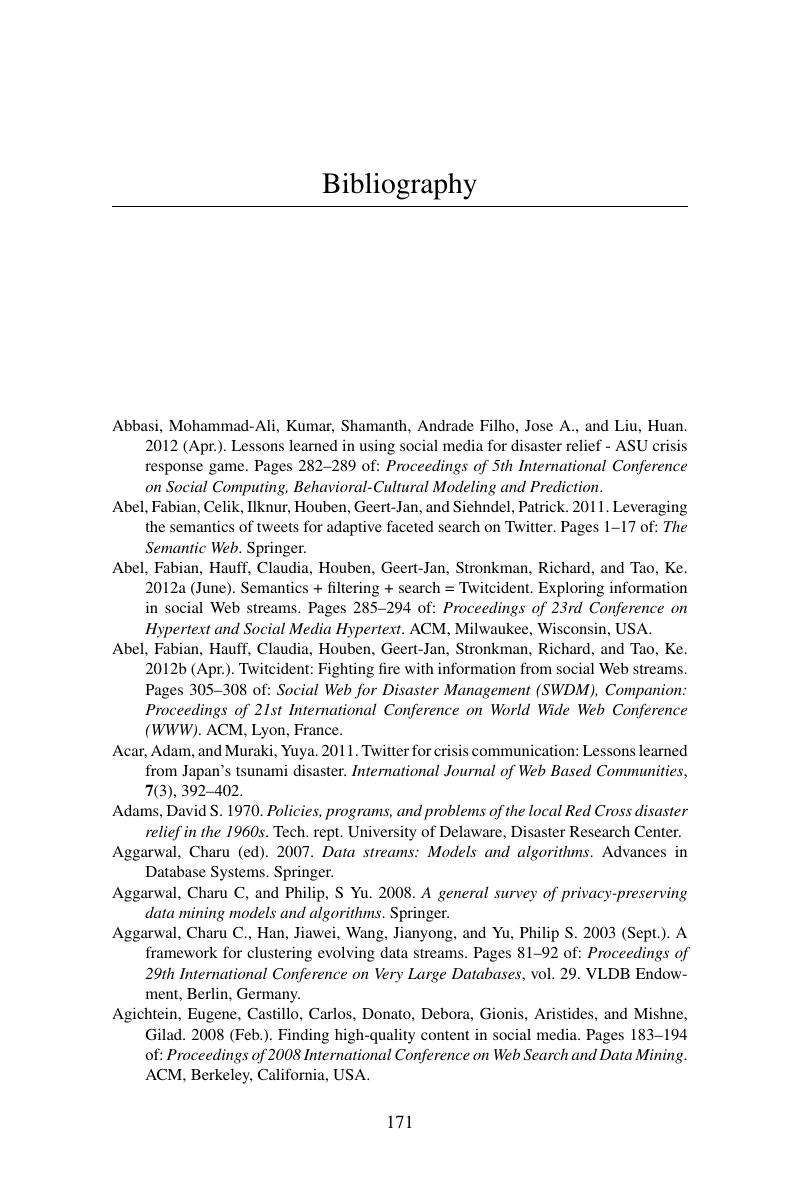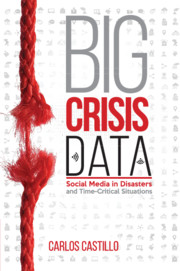Ramakrishnan, Naren, Butler, Patrick, Muthiah, Sathappan, Self, Nathan, Khandpur, Rupinder, Saraf, Parang, Wang, Wei, Cadena, Jose, Vullikanti, Anil, Korkmaz, Gizem, Kuhlman, Chris, Marathe, Achla, Zhao, Liang, Hua, Ting, Chen, Feng, Lu, Chang Tien, Huang, Bert, Srinivasan, Aravind, Trinh, Khoa, Getoor, Lise, Katz, Graham, Doyle, Andy, Ackermann, Chris, Zavorin, Ilya, Ford, Jim, Summers, Kristen, Fayed, Youssef, Arredondo, Jaime, Gupta, Dipak, and Mares, David. 2014. “Beating the news” with EMBERS: Forecasting civil unrest using open source indicators. Pages 1799–1808 of: Proceedings of 19th ACM International Conference on Knowledge Discovery and Data Mining (SIGKDD). New York, USA: ACM.

